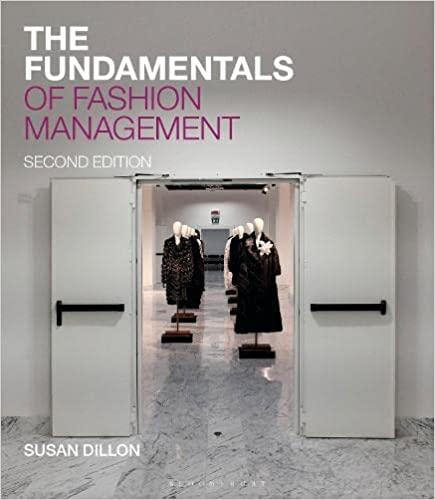Question
311 Margaret Burns is a 63-year-old woman who has suffered a left occipital hemorrhagic infarct, a cerebrovascular event. In addition to this recent stroke, Margaret
311
Margaret Burns is a 63-year-old woman who has suffered a left occipital hemorrhagic infarct, a cerebrovascular event. In addition to this recent stroke, Margaret has a history of rheumatoid arthritis, which limits her mobility; hypertension, which has been controlled with diet and medication; osteoporosis; gastroespohageal reflux; and depression. She is alert and oriented and has been identified at risk for falls. She requires moderate assistance with transfers and minimal assistance with ambulation using a rolling walker. Her scheduled medications include pantoprazole for gastroesophageal reflux disorder (GERD); Alendronic acid for osteopropsis, prednisone, a steroid; metoprolol for hypertension and heart disease; and Calcium with Vitamin D.
Following her acute care hospitalization, she is transferred to a skilled nursing and rehabilitation facility to continue her recovery. Margaret lives alone and must be independent to return home. One week after her admission to the skilled nursing facility, Margaret devleops pain and swelling in her right leg and a low grade temperature. Her bloodwork indicates an elevated white blood cell count. The attending physician orders a venous Doppler ultrasound of the right leg and the results are positive for an acute deep vein thrombosis (DVT). Plans are made to transfer Margaret back to the acute care hospital for possible placement of a filter as she is not a candidate for anticoagulation due to her hemorrhagic stroke.
Carol Stevens, the secretary on Margaret's unit, had a flat tire on the way to work. After calling the auto club and waiting for them to come and change the tire, she arrives late, already behind before her day has even started. After she punches in and hurries to the unit, she learns two patients are being discharged, two patients are scheduled to arrive for admission, and Mrs. Burns is scheduled to be transferred to the acute care setting. She immediately sets to work faxing the histories, current lab results, consults, diagnostics, physician progress notes, nurses' notes, and medication administration records to the physicians of the patients to be dishcarged and making copies of those items to send to the hospital with Mrs. Burns per protocol for continuity of care, keeping each set of patient records in a separate pile.
Carol's son then calls to say that he missed the school bus. Carol sets the papers aside while she calls a neighbor to arrange transportation for her son. As she hangs up the phone, the ambulance arrives to transport Margaret to the hospital. Carol gathers the copies of Margaret's records together and places them in an envelope. The hospital process is for a nurse to double check the records to ensure they are correct prior to the patient leaving the building, but another ambulance crew arrives simultaneously with a patient for admission, handing that patient's paperwork to Carol. Carol hands the envelope with Margaret's records to the first crew and directs them to Margaret's room.
A week later, the patient care coordinator at the skilled nursing and rehabilitation facility receives a call fro the acute care hospital and is informed the medication administration record sent with Margaret Burns was that of another patient. The acute care hospital failed to notice this discrepancy on admission, and the wrong medications were ordered and administered to Margaret for 3 days. Margaret suffered an extension of her hemorrhagic stroke and was transferred to the ICU.
Please fully answer these questions and explain your answers.
- What are the facts of this case?
- Review the quality improvement tools in Chapter 7 and select the appropriate one to analyze this problem.
- What are the top three management issues in this case?
- What are the legal and ethical obligations a health care organization has to its patients and families and how do they apply to this case?
- Who should be held responsible for addressing these problems?
- Which health care facility is responsible for the medication errors? What obligations does the facility have to Margaret? To her family?
Step by Step Solution
There are 3 Steps involved in it
Step: 1

Get Instant Access to Expert-Tailored Solutions
See step-by-step solutions with expert insights and AI powered tools for academic success
Step: 2

Step: 3

Ace Your Homework with AI
Get the answers you need in no time with our AI-driven, step-by-step assistance
Get Started


